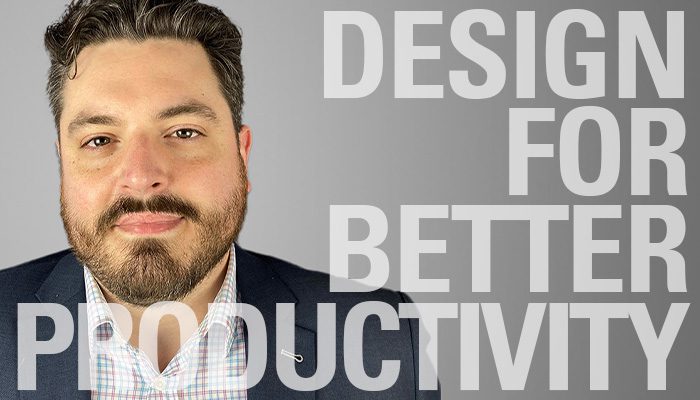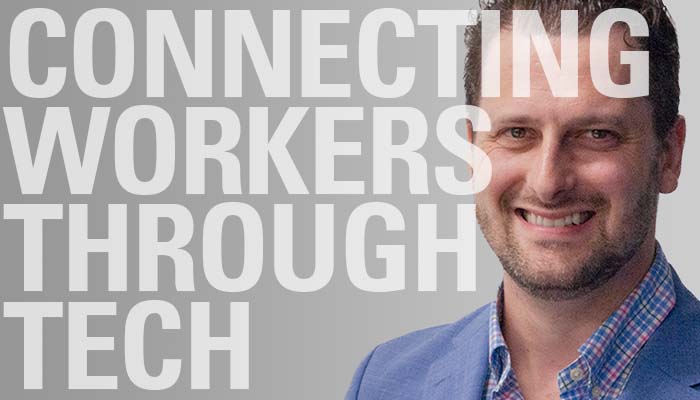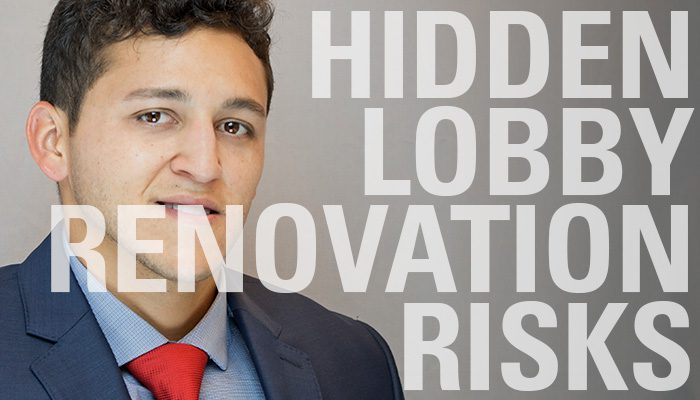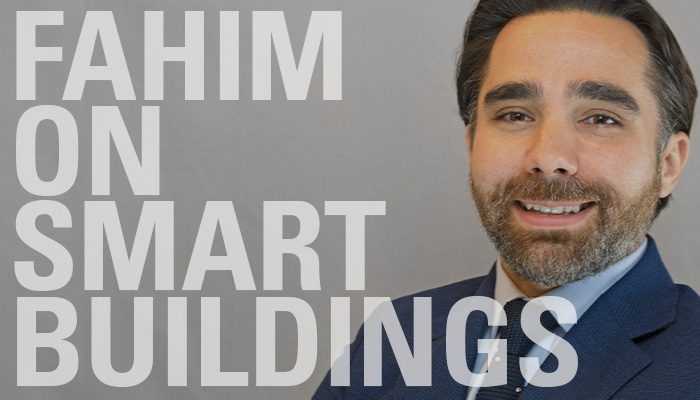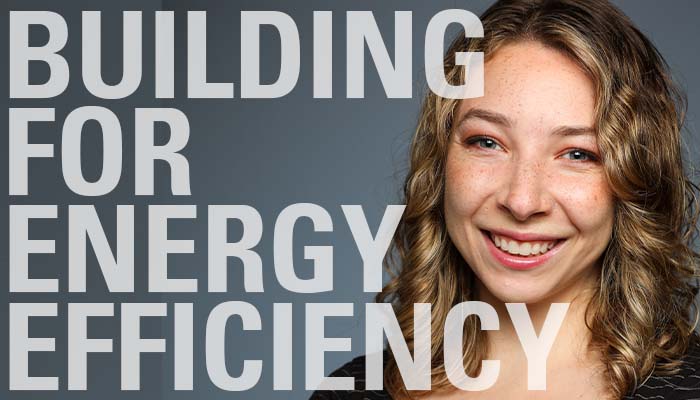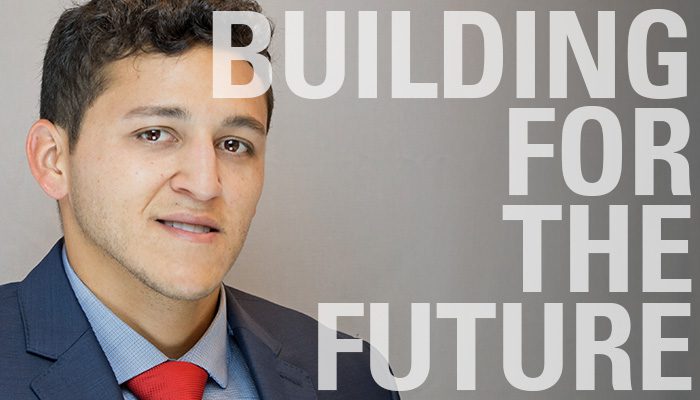As building owners, operators, and developers adapt to a hybrid work model, creating a welcoming office space is more important than ever. In an article for Propmodo’s Perspectives series, ESD now Stantec Senior Acoustics Project Manager Scott Hamilton shares his views on the evolution of the open office and why acoustics play such a critical role to the health, comfort, and productivity of returning workers. (Learn more about open office design.)
The evolution of the modern office needs to accommodate team members meeting in person and online. ESD now Stantec Senior Audio Visual Consultant John Doyle offers an overview of the best technology to consider. (Learn more about the meeting room technology.)
Transforming a building lobby to be more appealing to tenants and visitors could change the space’s environment in unexpected ways. Window condensation could become a problem if proper planning is ignored. (Learn more about the condensation issues.)
New technologies are transforming the traditional workspace allowing building owners, operators, and developers to attract and retain tenants in a competitive market. (Learn more about the smart building technology.)
The German American Chambers of Commerce (GACC) is hosting a Chicago event focused on promoting energy efficiency in the building industry. (Learn more about the GACC conference.)
New technical guides offered by the Council on Tall Buildings and Urban Habitat (CTBUH) are an eagerly anticipated resource by those in the tall-building industry. The group’s latest offering from two authors from ESD now Stantec has been five years in the making. (Learn more about the Stack Effect in tall buildings.)
ESD, now Stantec Senior Sustainability Project Manager Toritseju (Toju) Eshedagho is joining two different panels at Chicago Build 2023 bringing his passion for the efficient and sustainable use of resources to the built environment. (Learn more about these Chicago Build sessions.)
Chicago Build 2023 is featuring a session on planning and designing for responsible and sustainable growth in metropolitan areas. (Learn more about the Chicago Build session.)
The race to accommodate the surge in electric vehicles (EV) is on with many facility owners and operators looking for ways to provide the needed charging stations. (Learn more about EV charging infrastructure.)

